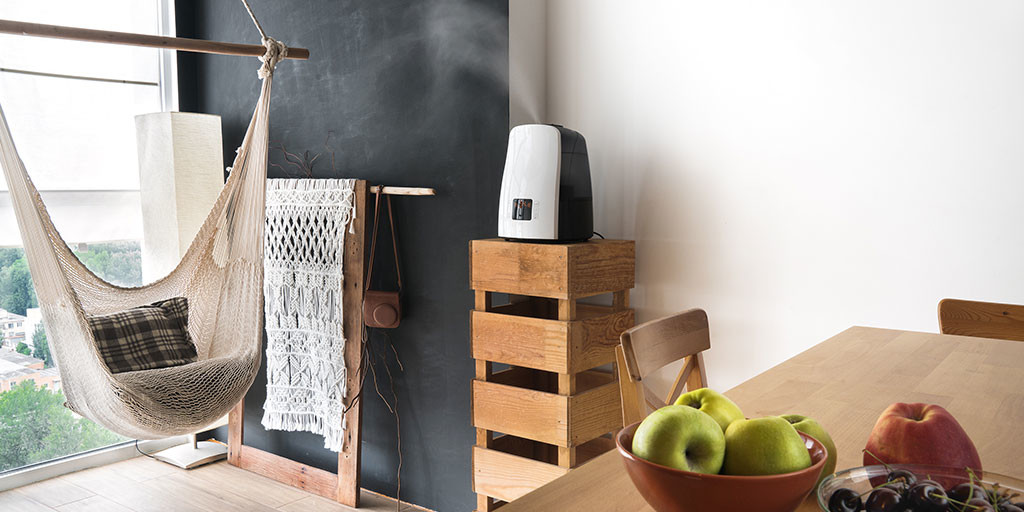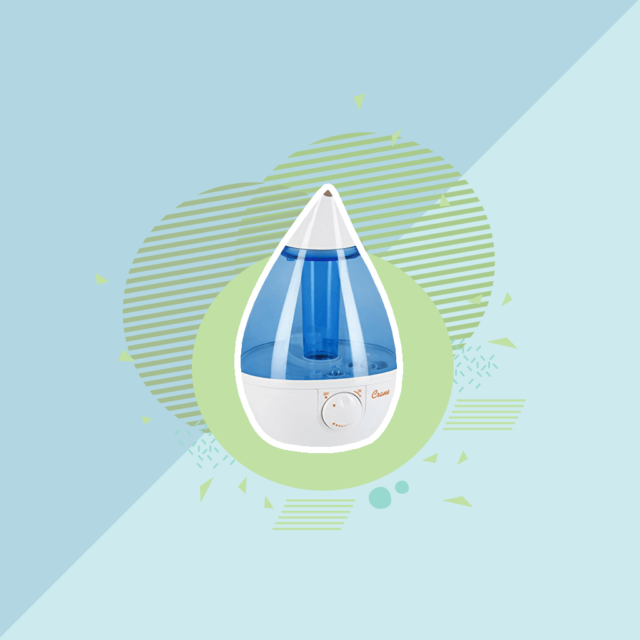Many households find themselves in a battle against low humidity during dry months. Aside from affecting your comfort level, dry air can bring a number of other problems relating to your health and wellbeing. It can, for example, dry out your skin and cause increased nasal congestion; it is also one of the main culprits behind cracked wooden furniture and static electricity buildup.
Fortunately, you can easily combat dry air using a variety of tried-and-tested methods. Read on for five simple ways to humidify your home in dry months and power through the cold season without worry.
1. Hang Damp Clothing to Dry
The next time you do laundry, consider bypassing the dryer and instead air dry some of the clothing. The water evaporating from these garments will add some moisture in the air (and will also save energy costs as well).
2. Cook on the Stove
Stovetop cooking can expose your home to a good source of moisture, particularly if your cooking involves boiling water for preparing pasta, potatoes, or rice or steaming meats and vegetables. The steam emanating from the stove will help increase humidity in the air. Fresh, home-cooked food and better humidity levels to boot? We say it’s a win-win!
3. Shower With the Door Open
If you’re the type to regularly enjoy hot showers, you can try leaving the bathroom door open to let steam escape towards the rest of the house. This tip relies on the same principle behind stovetop cooking—that is, the presence of steam is a great way to add moisture to dry air.
4. Get Some Indoor Plants for Your Home
House plants aren’t only great pieces of décor, they’re also great at helping alleviate low humidity levels. Plants are constantly undergoing transpiration, a process that produces water, therefore adding some moisture into your room. Plants like the Chinese Evergreen, Snake Plant, or Bamboo Palm are especially great for humidifying indoor air. For best results, get several plants and keep them in a cluster.
5. Get a Humidifier
Using a humidifier is the most effective way to combat dry air in your home. A dedicated machine running in your household can guarantee significant improvements in terms of humidity and overall comfort level. Get a model with a rated capacity that’s suitable for your space. If you already own one, get new filters (such as
these ones from FilterBuy) installed, as this will ensure optimum performance.
The consequences of low humidity levels at home are problems that no one wants to deal with. Luckily for us, there are a bunch of ways to address this dilemma. Whether you want to explore and try out the first four DIY options or go straight to getting a humidifier for your home, know that you don’t have to suffer through the dry months unaided.








